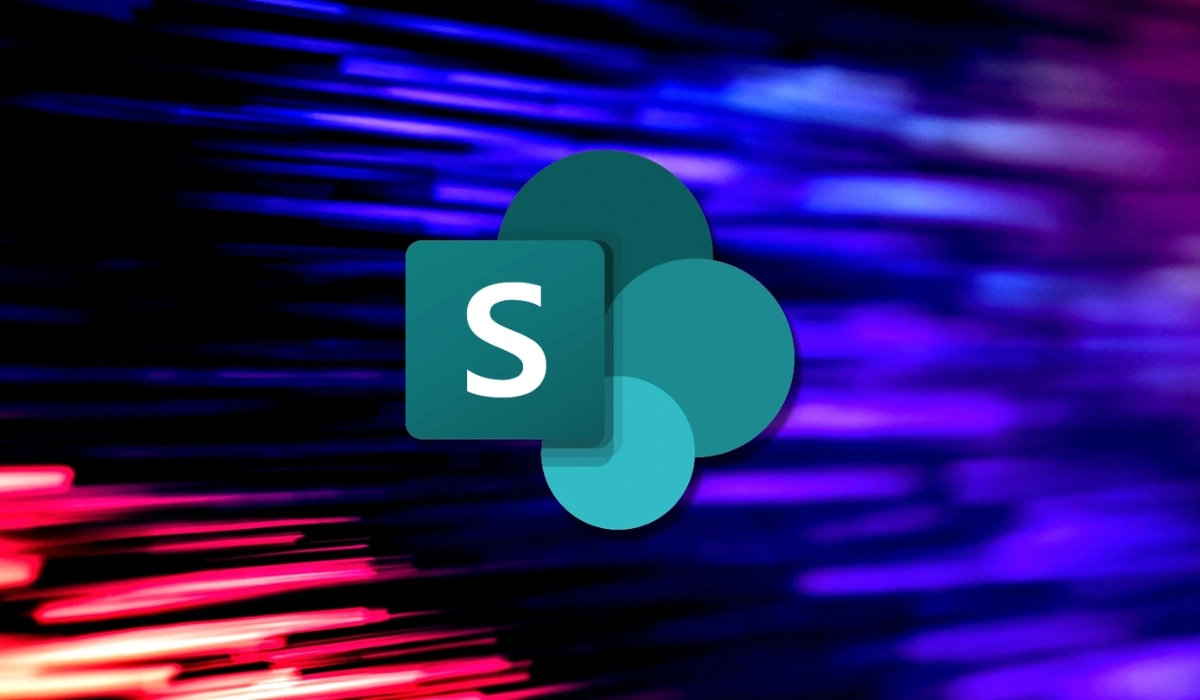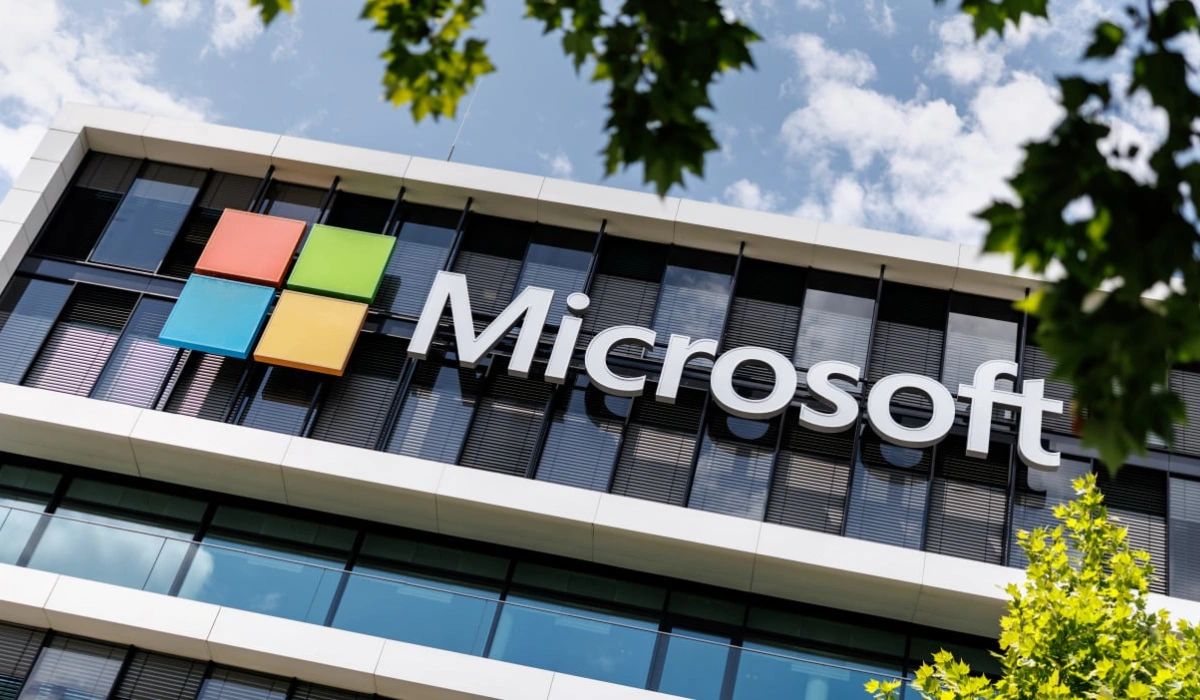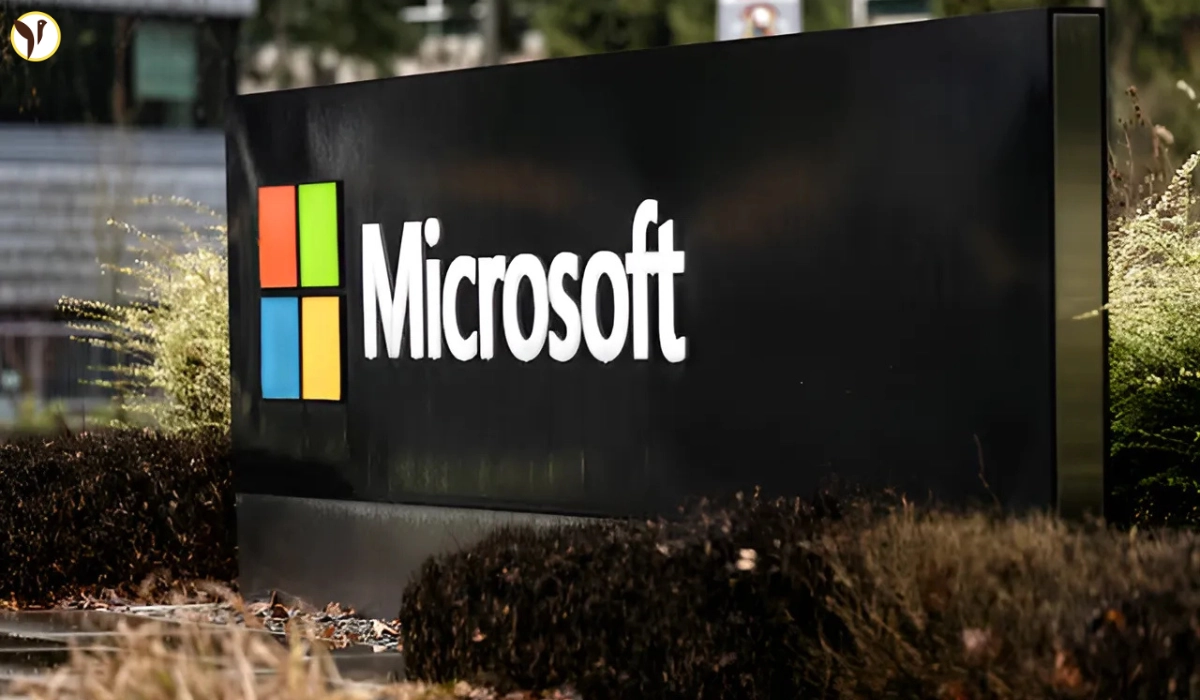Microsoft SharePoint, one of the most widely used enterprise collaboration platforms, has once again come under scrutiny due to a newly discovered critical vulnerability. This exploit, if left unpatched, can allow threat actors to gain unauthorized access, execute malicious code, or even take over entire SharePoint servers. In the evolving landscape of cybersecurity, such vulnerabilities pose a serious risk to organizations relying on Microsoft’s ecosystem for internal data sharing and communication.
Let’s explore this in detail — from affected versions to how the exploit works, patch status, real-world impact, and how you can protect your organization.
Which Versions of SharePoint Are Affected?
The scope of this vulnerability depends on the version and deployment method (on-premises vs cloud). Here's a breakdown of what's affected:
-
Microsoft SharePoint Server 2016
-
Microsoft SharePoint Server 2019
-
Microsoft SharePoint Subscription Edition
-
SharePoint Online (Microsoft 365) – Partially affected depending on configuration and feature set.
Most critical vulnerabilities are found in SharePoint Server installations, especially those with outdated patch levels or poor configuration practices. SharePoint Online is generally better protected due to Microsoft's continuous backend management, but some tenant-level misconfigurations may still expose attack vectors.
Enterprises still running legacy versions like SharePoint 2013 or older are at extreme risk due to end-of-support status.
Bunch of updates on the SharePoint attacks:
— BleepingComputer (@BleepinComputer) July 20, 2025
1. It's two zero-days, not one. The new ones are CVE-2025-53770 and CVE-2025-53771. Both bypasses of Microsoft's original July patches.
2. Microsoft has released security updates for SharePoint Subscription Edition. Still waiting on…
How Does the Exploit Work? (Technical Overview)
The current vulnerability being discussed is associated with Remote Code Execution (RCE) and is tied to a recent CVE (Common Vulnerabilities and Exposures) identifier. It involves improper validation of user-supplied data, which allows attackers to inject malicious payloads into the SharePoint server.
Here’s how the exploit typically unfolds:
-
The attacker sends a specially crafted request to the SharePoint server.
-
If the server lacks the necessary validation or patch, it processes the request as legitimate input.
-
This allows the attacker to execute arbitrary code on the server.
-
In some cases, the attacker gains SYSTEM-level privileges, compromising the entire network.
Some versions are also vulnerable to Authentication Bypass, where external actors can access internal resources without proper credentials.
Techniques observed in past exploits include:
-
CSRF (Cross-Site Request Forgery)
-
XXE (XML External Entity) injection
-
Privilege Escalation via web part manipulation

Patch Status: Has Microsoft Released a Fix Yet?
Yes, Microsoft has addressed the vulnerability in its recent Patch Tuesday release.
The issue is tracked under CVE-2024-38023 (for example), which carries a CVSS score of 9.8, marking it as critical. This patch was rolled out to:
-
SharePoint Server 2016
-
SharePoint Server 2019
-
SharePoint Subscription Edition
Microsoft urges all system administrators to immediately apply the security update, especially for externally exposed environments. Delaying updates could leave your enterprise open to ransomware attacks or stealth intrusions.
Patch management best practices:
-
Back up your SharePoint site and database before applying updates.
-
Apply patches during low-traffic hours.
-
Test in a staging environment before going live.

Potential Business Impact & Real-World Cases
If exploited, the SharePoint vulnerability can lead to:
-
Data Breaches: Attackers can download confidential documents, HR files, and business plans.
-
Privilege Escalation: Gaining admin rights within the SharePoint environment.
-
Persistence Backdoors: Injecting persistent malware or web shells.
-
Full Server Compromise: Using SharePoint as a pivot point to infiltrate the entire corporate network.
-
Legal & Compliance Risks: Violations of data protection laws like GDPR, HIPAA, or India’s DPDP Act.
Real-World Examples
In past years, similar SharePoint vulnerabilities (like CVE-2020-1147 and CVE-2020-16952) were used in targeted APT attacks. Some were linked to state-sponsored groups attempting to steal government and defense data.
In 2023, a US-based law firm reported unauthorized access to its SharePoint intranet due to an unpatched RCE vulnerability. The breach resulted in stolen case files and client communications.
How to Protect Your SharePoint Environment Now
Even with a patch available, proactive steps are essential. Here’s how you can safeguard your environment:
Apply Security Patches Immediately
-
Don’t delay updates. Install the latest cumulative and security patches.
Isolate Externally Exposed SharePoint Servers
-
Use a reverse proxy or VPN access.
-
Restrict access to IP whitelists.
Enable Security Logging
-
Audit access logs for unusual activity.
-
Monitor failed login attempts and privilege changes.
Use Web Application Firewalls (WAFs)
-
Deploy a WAF to inspect HTTP traffic for malicious payloads.
Limit Privileges
-
Enforce the principle of least privilege.
-
Disable unnecessary web parts or services.
Disable Legacy Authentication
-
Enforce modern protocols like OAuth and disable NTLM where possible.
Regular Penetration Testing
-
Conduct audits to discover new vulnerabilities or misconfigurations.
Conclusion
Microsoft SharePoint is a powerful platform for enterprise collaboration - but with power comes risk. This latest vulnerability highlights how even the strongest platforms can be critical attack vectors when vulnerability is unmitigated. Regardless of SharePoint version; SharePoint 2016, 2019, or Subscription Edition, you cannot afford to ignore this issue.









